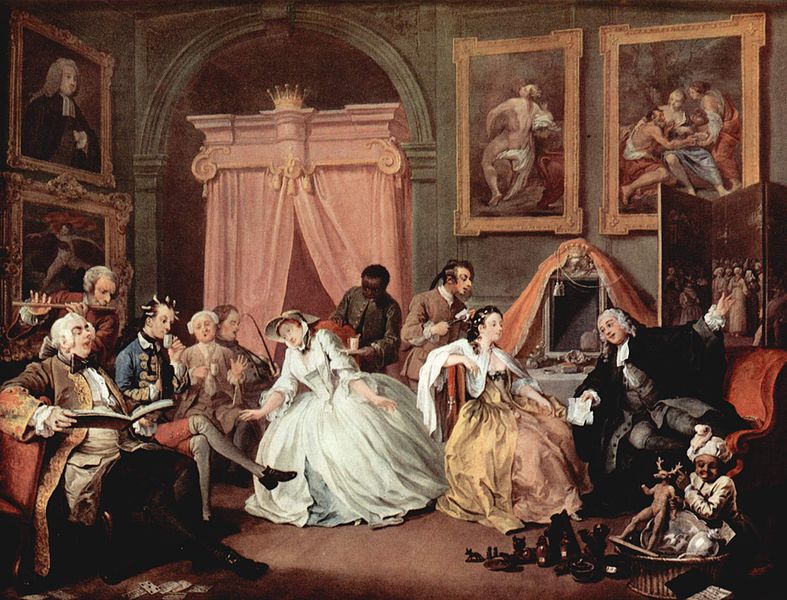
Golf outfit illustrated by Leslie Saalburg, June 1930. Delineator masthead.
Before June 2020 is over, let’s relax with some women’s fashions from 90 years ago. Butterick’s Delineator magazine illustrated a range of outfits for sports, resorts, and daily life, for day and night.
The play of pattern on pattern is pretty extreme in this editorial illustration of a golfer:

Should this outfit be taken literally? June 1930.

Another editorial illustration by Saalburg for June 1930.
Those bare-backed beach overalls were real, as shown by Butterick pattern 3184, far left, below. Beach shorts like those on the right could also be made from a Butterick pattern.

Butterick overalls pattern 3184; center and center right are Butterick shorts 3187 and 3178.
For summer evenings in 1930, Saalburg illustrated couture by Lucien Lelong, Molyneux, Cheruit, and Jean Patou:

French couture evening coats and gowns by Lelong, Molyneux, and Cheruit. Delineator, June, 1930.

This Patou jacket and matching gown was described as a “restaurant ensemble.”
Wealthy women who couldn’t afford a trip to Paris could buy a copy of a different Patou gown from Saks Fifth Avenue:

Detail of a printed chiffon evening gown by Patou at Saks. 1930.
The fishnet gloves were a chic summer accessory for this “lavender chiffon gown printed in delicate rose and green.”

Patou gown from Saks, 1930.
Earlier in the day, soft gowns were worn for formal occasions (e.g., an afternoon wedding or dance).

Left, Butterick afternoon dress 3247; right, tea gown 3279. June 1930.
Everything shown for June 1930 has a natural waist, although sometimes it’s partially hidden by a blouson bodice. Often the bodice continued to a seam far below the waist, and the bodice was not darted. Only the belt defined the waist. Some of these day dresses show a hint of the old dropped waist and the new natural waist:

Women’s dress patterns from Butterick for June 1930. These 1930 bodices continue to the place where the skirt is attached, with no waist seam.

1920s meets 1930s in these summer dresses.

A belt at the natural waist and a horizontal seam around the low hip. 1930.

The waist is natural, but the bodice is bloused, rather than fitted. June, 1930.
Women who wore larger sizes could find flattering styles, too. These patterns were available up to size 48 bust:

Butterick dress patterns for larger women. 1930. The one on the right has vertical tucks to define the waist.
Here’s a variety of dresses in the usual size range of 32 to 36 (14 to 18) and 38 to 44. Patterns sized by “year,” e.g., “15 to 20 years” used to come in shorter lengths for younger or smaller women. That seems to be changing here.

Butterick dresses for women and teens, 1930. No bare knees to be seen! No. 3278 is at far right. Vertical tucks at far left.

These dresses (below) for younger women show how different 1930 outfits could be. The one on the left has a separate cape, but flutter sleeves became an iconic 1930s look — reappearing in the 1970s.

Left, Butterick 3297 has a cape; right, 3261 has a bolero top. June 1930.

Another little touch that was popular in the Thirties (on sportier outfits) was lacings. The laced look was “nautical” and popular for several years:

Lacings affect the fit of 3256 (left) and lacings appear on the skirt, jacket, and blouse of 3262, at right. June 1930. These three patterns were only available up to bust size 40.
These are “sailor made fashions” from Butterick, featured in 1934.

And these laced dresses come from a Berthe Roberts catalog, January 1935.

That’s it for June 1930!













































 A bit like a masquerade costume is this Asian-influenced pajama set:
A bit like a masquerade costume is this Asian-influenced pajama set:
















































































































































